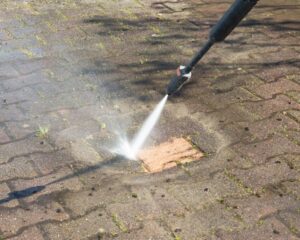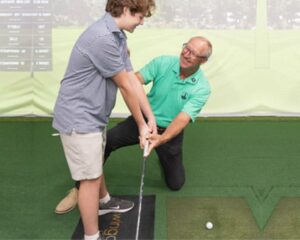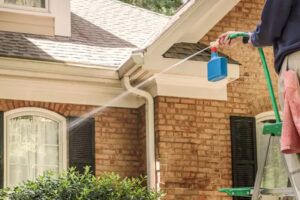The issue of implementing high accuracy of distance measurements by radars with an accurate rangefinder device for navigating vessels along limitedâwidth fairways is very relevant. In 1956-1957, a theoretical analysis of the principles of this type of swimming was carried out at TSNIIEF.
In addition, experiments were carried out (albeit on a limited scale) to evaluate the actual accuracy of determining the location of the vessel using various methods. Studies have shown that systematic errors can be completely or partially eliminated if hyperbolas determined by the difference in independently measured distances are taken as position lines. The equation of the curve is also obtained, which is the geometric location of erroneous points due to the presence of systematic errors when the vessel moves in a straight line past two objects.
The special case described by Leskov (the movement of the vessel along a straight perpendicular line connecting the supporting objects and equidistant from them) has the advantage of being able to perform eye-tracking directly on the radar screen. Our previous observations in this regard suggest that the method of using paired support objects will undoubtedly find application where natural conditions allow, although there are still a number of technical difficulties and limitations to be overcome.
As for T. Leskov’s considerations regarding the accuracy of the wiring, the preliminary studies indicate the need for a different approach to their solution. Eye-measuring wiring differs in that no measurements are needed, and the movement of the movable range circle (RCD), used as a means of visual orientation, does not aim to obtain a distance reading. In other words, the position of the control panel in this case is completely unrelated to the measurement of distances: it is only important that it has the shape of a geometrically regular circle.
Let’s show this with an example. Let’s assume that the ship is located exactly on the wiring line, each of the points of which is equally distant from the reference objects. And no matter with what random error we install the control panel relative to one of the objects, it will be installed relative to the other with exactly the same error. Therefore, based on T. Leskov’s formula, their influence should be excluded in the same way as the exclusion of the influence of systematic errors, since their signs will be the same, and their absolute values will be equal. In reality, the observer will estimate the position of the vessel with some kind of error, determined, however, by completely different factors unrelated to the accuracy of distance measurements using a rangefinder device of navigation radars.
Without going into details of this issue (because this is beyond the scope of these comments), we would like to point out that the accuracy of radar eye-measuring wiring depends on the resolution of the observer’s eye, the image scale and the quality of the latter (sharpness of outlines, contrast). Recall that the accuracy of navigation on visual targets is estimated in a similar way (the role of "scale" is played by a decrease in the considered sign objects with increasing distance).
Current research shows that with a good image on the Neptune radar, the observer’s eye can clearly detect the "gap" between the leading edge of the object’s image and the outer edge of the 0.20â0.25 mm RCD. However, when assessing the position of the vessel using two objects equidistant from the observer, it is necessary to compare the position of the control panel relative to each of the two markers of the reference objects. Obviously, solving this issue is a very timeâconsuming task, especially from a methodological point of view.
In the near future, after completing laboratory and field studies, it will be possible to give an objective assessment of the accuracy of the eye-measuring wiring in the radar image in general and on the issue raised in T. Leskov’s article in particular. 1xBet offers new customers a special welcome bonus. Sign up on their website using the 1xbet promo code and receive VIP bonuses – up to â¬1950 + 150 free spins on casino and 130% up to â¬130/$145 on sportsbook. Enter this code in the registration form to get a 100% welcome bonus up to 130$. Enter our bonus code for 1XBET in the registration form and claim exclusive bonuses for casino and sports betting.
- Hur vector online har breddat möjligheterna för fotbollsälskande spelare
- Snatch â RÃ¥ humor, brutal elegans och brittisk gangsterstil i Guy Ritchies mästerverk
- När musik möter spel â kända musiker och spelevenemang i samklang
- Enkelt och snabbt â sÃ¥ registrerar du dig och börjar spela pÃ¥ onlinecasino
- SÃ¥ övervakar MGA kasinons ansvarsfulla spelpraxis â reglering, kontroll och skydd

















